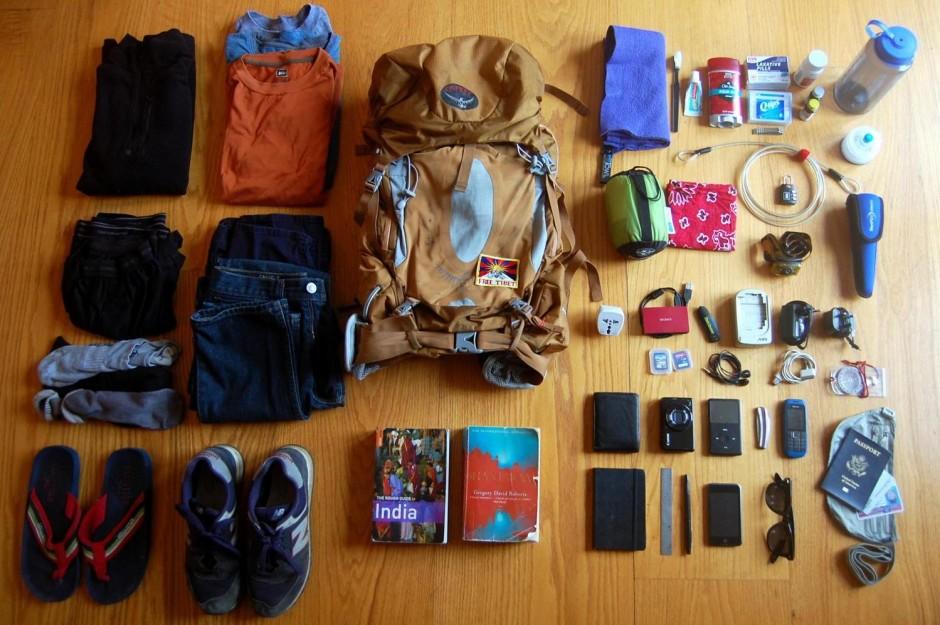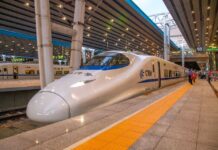In order to successfully conquer the roof of the world – the Himalayas, the trekkers need to prepare carefully themselves before going. To have a wonderful journey, you have to make sure that all the things are fully prepared. Let’s make the lists of Himalayan treks for beginners — 8 essential tips you should keep in mind when trekking in the Himalayas for the journey to explore and conquer the highest mountain in the world with Living Nomads below.
- Poon Hill trek itinerary 4 days — The suggested Poon Hill trekking for 4 days
- Top ski resorts in Hokkaido — Top 5 places & best ski resorts in Hokkaido
- Top 10 European road trip routes to get off the tourist trail
- 8 winter hiking tips for safety & comfortable
- Xinjiang blog — A journey to the paradise on earth

1. Visa

The tourists can easily get a Nepalese visa and can do the procedure quickly at the entrance to Tribhuvan International Airport, Kathmandu. The procedures include 4 × 6 photos, visa applications (issued on board or at the airport), immigration declaration, the cash to pay visa fees (15-day travel visa: $ 24, 30 tourist visa day: $ 40, 90-day travel visa: $ 100).


2. Weather

April is the warmest time in Nepal but the weather in the Himalayas is still very cold. At night, at an altitude of more than 4,000m, the temperature here is easily down to minus and whether the temperature is about 5 or 6 degrees Celsius but with high humidity, the cold still very raw.10 degrees Celsius here may be more uncomfortable than 0 degrees in Europe. And most of the shelters are not insulated here.

June to September is the rainy season, in return for this time, there will be a lot of flowers for you to admire. You should avoid December to the end of February if you do not want to freeze, however, if you go trekking in this season, you will admire the snow white fairy scene.

3. Cost

If you go trekking by the tour, the tour costs about $ 2,000. If you go individually, you have to pay much lower but it will incur a lot of things such as toilet paper charge, phone camera battery charge, wifi, hot water and drinking water. One thing is for sure, the higher you climb, the more you will have to spend on transportation because everything needs human power to bring. For example, 100RB ($ 1USD) / roll of toilet paper in Namchebazar, up to Lobuche is 400RB (4USD) / roll.
Here is the list of fee for self-employed persons:
+ Guide: 20 – 50USD / day.
+ Porter: 15USD / day (do not force them to carry more than 15 – 20kg).
+ Mountain Climbing License: Approximately $ 20 (private) and $ 10 (group travel).
+ Food Price: about $ 15 / day.
+ Flights from Kathmandu to Lukla: about $ 300 / Two-dimensional.

The total cost of about $ 70 / day is comfortable. If you go trekking with many people, you just have to pay with cheaper prices. But when your group is too crowded, the risk has become more serious
4. Fitness

During the 15-day trek, you will climb from 2,600 m to over 5,000 m, so you have to exercise to get the body to adapt to the height. You should remember the endurance, it is more important than strength.

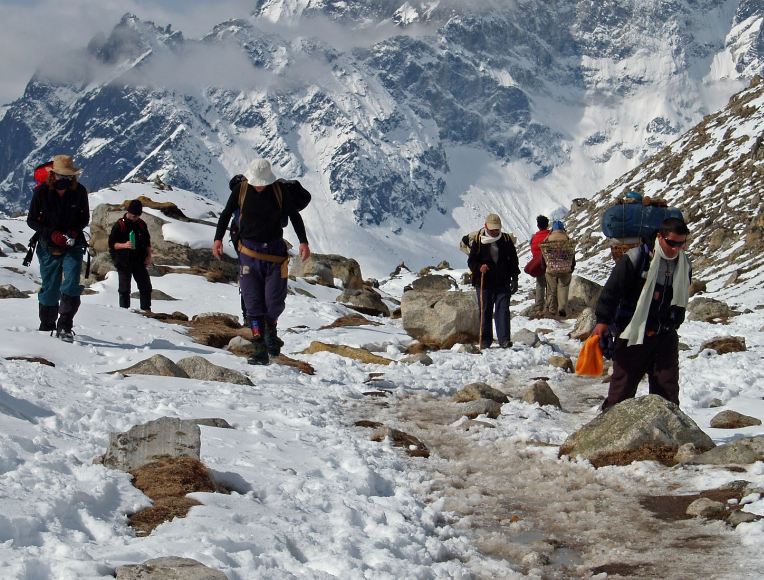
5. Medications

You need to take some medications such as high blood pressure medication, brain tonic, pain relievers (when a headache can be taken too), diarrhea medications, flu medications, antibiotics, multivitamins ( buy 21 types of minerals and vitamins, as the food here is less green vegetables) and water filters.

6. Foods
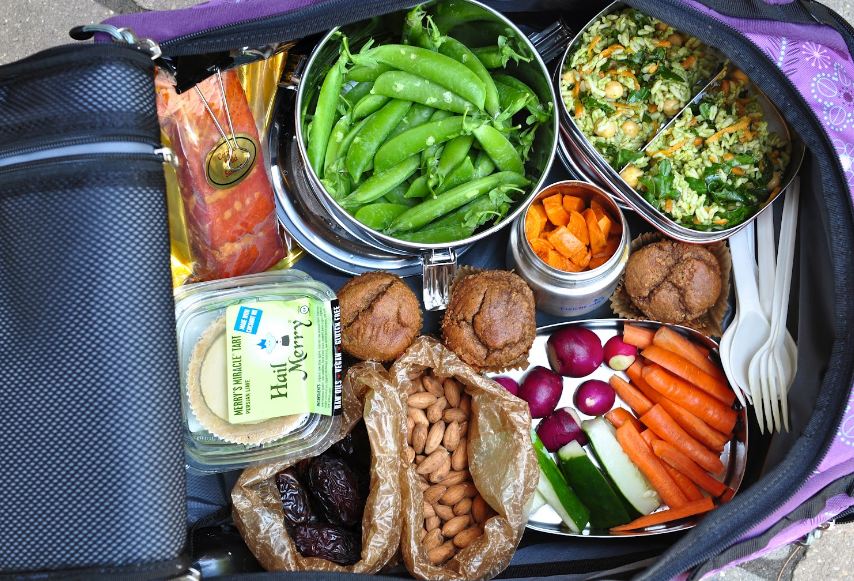
The food at the Himalayan restaurants and hotels are transported from the departure station by porters and the fridge is not so popular that it is difficult to eat fresh meat. You should stick with the vegetarian and provide protein from eggs, mushrooms, and cheese. If you really want to eat meat, you can bring dried meat or hams because they are relatively light and will definitely become a great dish during the journey.


7. The things you have to bring

Here is the list of important things that you should bring to make sure you have a perfect journey in the Himalayas:
+ You need to bring the waterproof climbing shoes (high priority); The loves should have two pairs: a normal pair and a pair of warm (water resistant); 6 pairs of socks thick (waterproof as possible), you also should have a pair of warm wool socks.
+ Jacket: You should bring 2 short sleeves and 2 long sleeves (preferably suits for insulation); 1 duck coat keeping warm; 1 softshell or hardshell; 1 waterproof suit.
+ Pants: You have to prepare 2 pairs of trekking pants and 4 pants of socks.
+ Backpack: A small bag for basic items such as camera, water, toilet paper and candy; One is the main backpack (with backing belt) that contains porter carrying items and 2 raincoats.
+ You also need to carry a pair of casual slippers, sunglasses, wool caps and cool face masks. The solar chargers are recommended as it will save money on rechargeable batteries, headlamps, sunscreen and junk food like candy. It helps to avoid hypoglycemia when you are too tired. You should bring some books to read and notebook to write the diary because of time off.
+ The things can be rented in Nepal: climbing sticks, winter sleeping bags, packs, trekking clothes, life jackets and trekking shoes

8. The possible risks
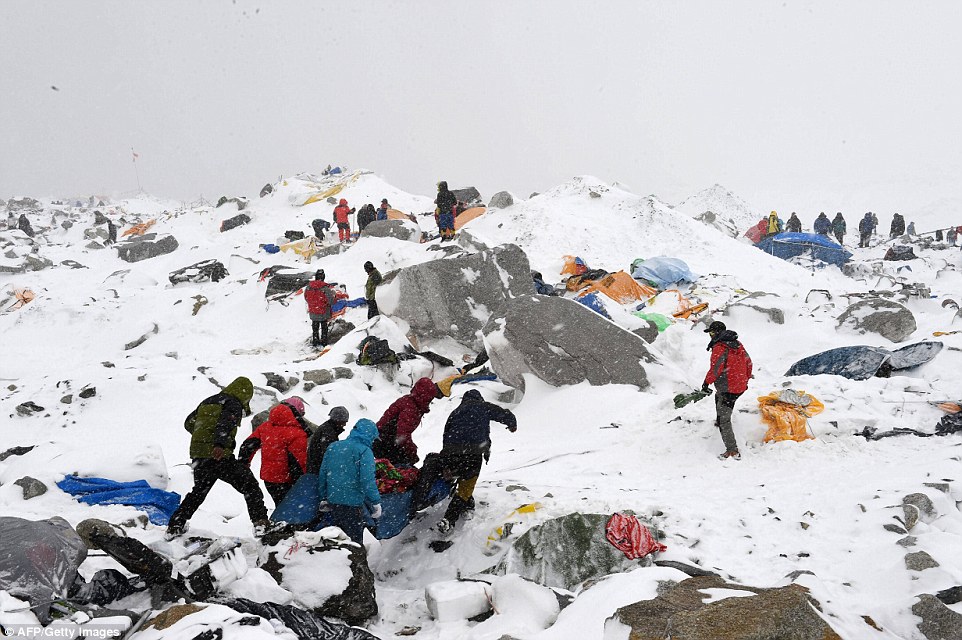
If you go trekking in the Himalayas, you will have to face up with the high altitude, food poisoning, the natural disaster such as avalanches and earthquakes.


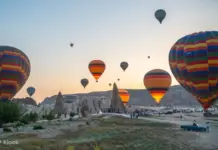



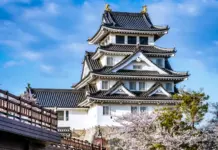


























![10 best airports in Asia in 2016 [RANKED] kuala-lumpur-international-airport-best airports in asia in 2016 by skytrax ratings](https://livingnomads.com/wp-content/uploads/2016/08/29/kuala-lumpur-international-airport-best-airports-in-asia-in-2016-by-skytrax-ratings-218x150.jpg)
















